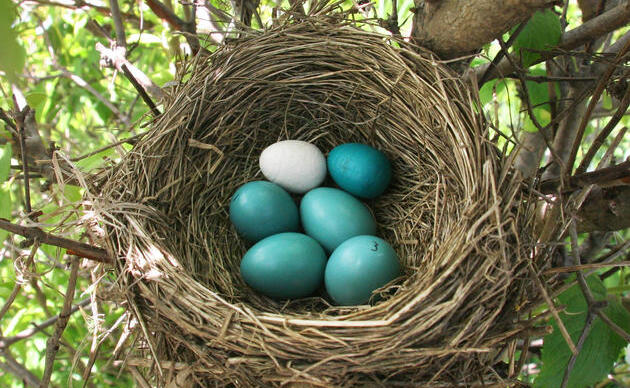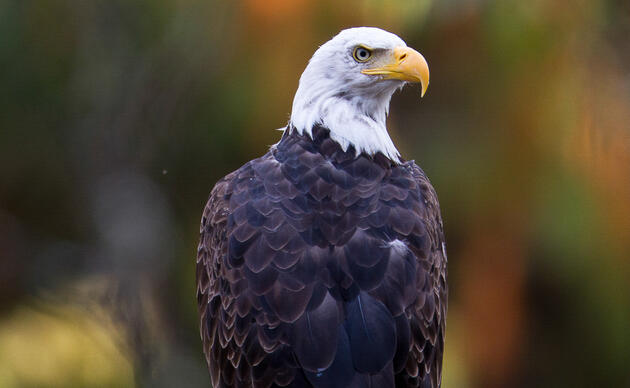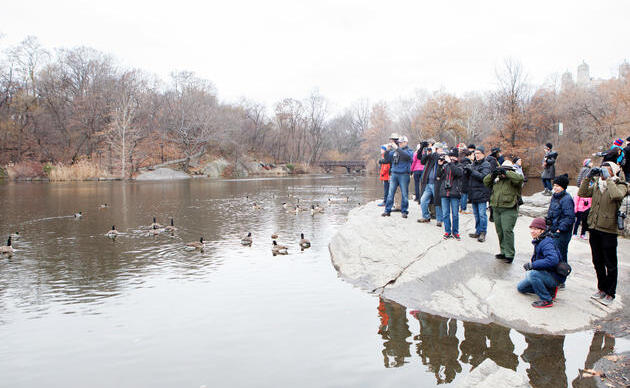Nov. 7, 2017 (St. Paul, MN) – Minnesota’s new Breeding Bird Atlas website is now live and available for the public to use at MNBirdAtlas.org. The information collected and compiled as part of the Breeding Bird Atlas gives the most comprehensive look at Minnesota birds in nearly a century.
The atlas is the culmination of an impressive effort made possible by more than 700 volunteers, eight organizations, many scientific researchers, photographers and a technical review team. It took the better part of a decade to complete and provides a solid baseline of information for scientists, land managers, conservationists, and anyone curious about our state’s birds. For example, the new atlas:
- shows the effectiveness of conservation efforts for Bald Eagles, Ospreys, Peregrine Falcons, and Trumpeter Swans;
- documents breeding sites for rare species like the Bufflehead and Common Tern;
- confirms the decline of Piping Plovers, Northern Pintails, Cerulean Warblers, and Chestnut-collared Longspurs; and
- reveals how breeding bird ranges differ from a century ago, such as the expanded range of the Northern Cardinal, a favorite visitor of many backyard birders.
“Audubon Minnesota already relies on the Atlas to guide our future conservation efforts,” said Kristin Hall, Audubon Minnesota’s conservation manager. “We are using these data to update and generate species lists for our Important Bird Areas. The Atlas is an incredible snapshot in time of breeding bird distribution and it provides a wealth of information not otherwise available at such a broad scale.”
The Atlas is possible thanks to funding from The Minnesota Environmental and Natural Resources Trust Fund as recommended by the Legislative‐Citizen Commission on Minnesota Resources (LCCMR). With leadership from Audubon Minnesota and scientific expertise from University of Minnesota – Duluth’s (UMD) Natural Resources Research Institute, this interactive website is an astounding resource.
Additional Information
According to Jerry Niemi, UMD professor and NRRI senior program manager, a breeding bird survey should be done about every 20 years to better understand how bird populations and distributions vary over time, especially in response to changes in habitat, landscapes, and climate.
“Significant changes are always found – some positive and some negative,” he said. “For this first atlas we dug back into the historical record as best we could to see how Minnesota birds have changed over time. If we want to preserve our native wildlife, we must understand the past to better conserve their future. ”
More than 380,000 records of breeding evidence were compiled for 249 species of birds that were documented nesting in Minnesota. A comprehensive account of the status and distribution of Minnesota’s breeding birds hasn’t been compiled since 1936 when Professor T.S. Roberts published his second edition of Birds of Minnesota.
Media Contacts:
Ashley Peters, Communications Manager, Audubon Minnesota
June Breneman, Manager External Affairs, NRRI/UMD



